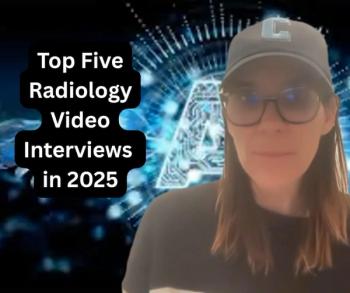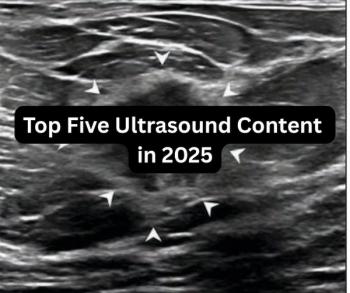
How AI is Changing Ultrasounds
Birth defects can be tough to spot on ultrasounds, but new technological advances could make it easier.
It is incredibly difficult for new parents to hear that their baby may have a birth defect. And it’s similarly distressing for doctors who have to deliver that news. Birth defects
We’ve witnessed incredible advancements in OB-GYN ultrasound over the years from 2D black and white images to 3D and even 4D, which allows clinicians to monitor the fetus with startling clarity in the three dimensions and over time. However, these examinations remain as some of the most complex and time consuming. As the ultrasound’s probe passes over a woman’s belly, the clinician often plays a game of catch-trying to image a tiny fetus that is moving and developing in real time.
Today,
By consuming, processing, and analyzing massive volumes of data at extreme high speed, AI-powered solutions can translate this data into actionable insights that help improve provider efficiency, increase diagnostic accuracy, and personalize treatment. For patients-expectant moms in this case- these intelligent machines could mean shorter exam times and more confident diagnoses delivered quickly to expedite quality patient care.
Take, for example, the fetal brain. Of the thousands of babies born around the world every day, a small percentage will be born with a congenital brain defect.
Related article:
Certain defects are incredibly rare. Agenesis of the Corpus Callosum, for example, is a condition in which the band of white matter connecting the two hemispheres in the brain, fails to develop normally. It
In a standard exam, it takes several minutes to identify the required planes in the brain-requiring a decent amount of training and manual work. On top of this, one sonographer’s assessment may differ from another’s, which could lead to a missed or delayed diagnosis.
With AI, users will simply need to find a starting point in the fetal brain, and the system will automatically identify the standard planes of the brain and take the necessary measurements. This helps to ensure consistency, whether there’s a different user an hour later or the same user the following day. This consistency not only improves documentation of exams but will also lead to a more confident diagnosis.
Imaging devices are becoming smarter, and with them, clinicians can become more efficient and confident in decision making, so that they can spend more time focusing on the patient and less on the machine. And while many of these birth defects cannot necessarily be prevented, our hope is that by catching them as early as possible, we can help get to a better outcome for the patient.
Roland Rott is general manager of Women’s Health Ultrasound at GE Healthcare.
Newsletter
Stay at the forefront of radiology with the Diagnostic Imaging newsletter, delivering the latest news, clinical insights, and imaging advancements for today’s radiologists.




























